Researchers combined machine learning with knowledge gained from experiments and equations guided by physics to discover and explain a process that shortens the lifetimes of fast-charging lithium-ion batteries.

news, journals and articles from all over the world.

Researchers combined machine learning with knowledge gained from experiments and equations guided by physics to discover and explain a process that shortens the lifetimes of fast-charging lithium-ion batteries.
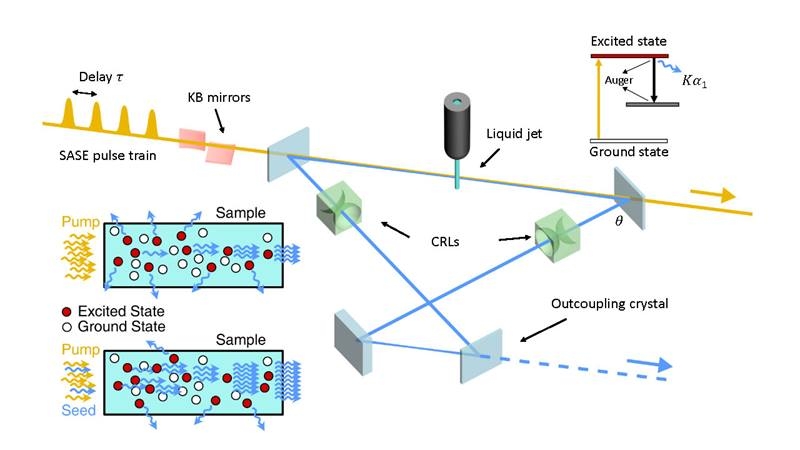
Physicists long dreamed of producing X-ray laser pulses that probe matter at the level of atoms and molecules. Scientists realized this dream in 2009 with the hard X-ray free-electron laser at the Linac Coherent Light Source (LCLS). But each LCLS X-ray pulse has a slightly different intensity and wavelength distribution. A new oscillator design overcomes these problems with an approach inspired by optical lasers.
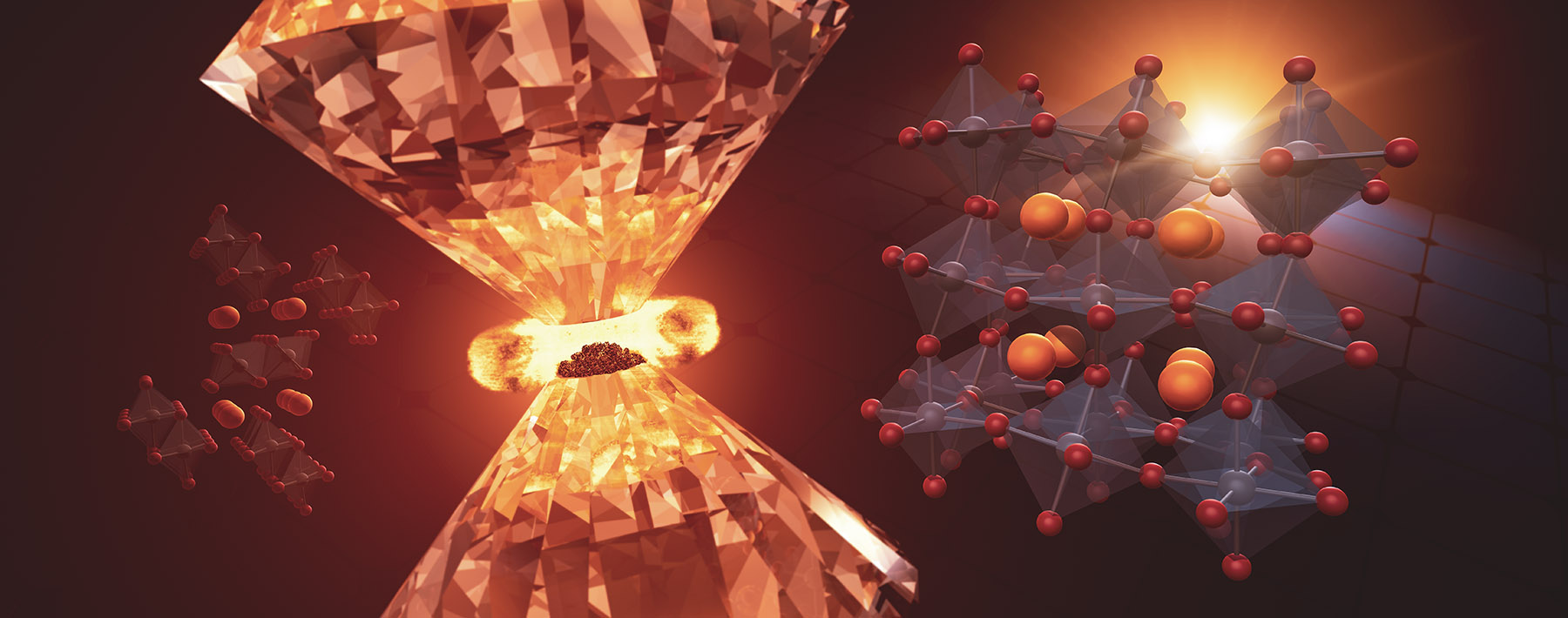
A promising lead halide perovskite is great at converting sunlight to electricity, but it breaks down at room temperature. Now scientists have discovered how to stabilize it with pressure from a diamond anvil cell. The required pressure is well within the reach of today’s manufacturing processes.
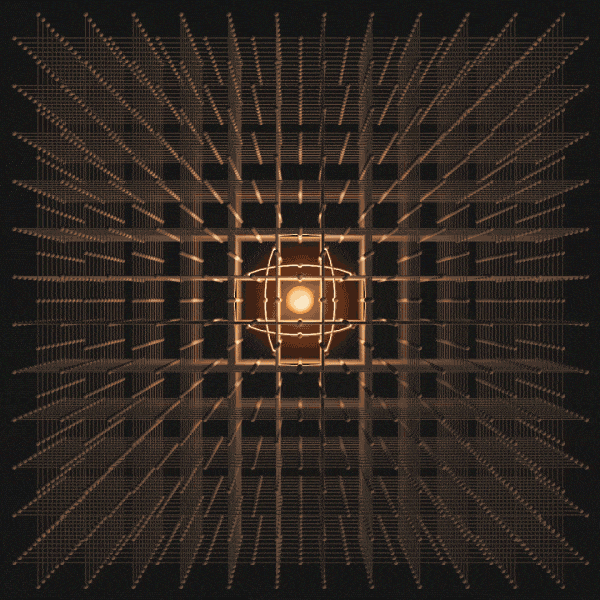
Polarons affect a material’s behavior, and may even be the reason that solar cells made with lead hybrid perovskites achieve extraordinarily high efficiencies in the lab. Now scientists have directly seen and measured their formation for the first time.
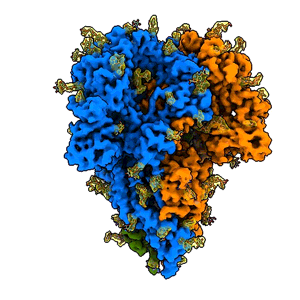
The first detailed images of coronavirus spikes in their natural state, while still attached to the virus and without using chemical fixatives that might distort their shape, provide quicker, more realistic snapshots of the infection apparatus.
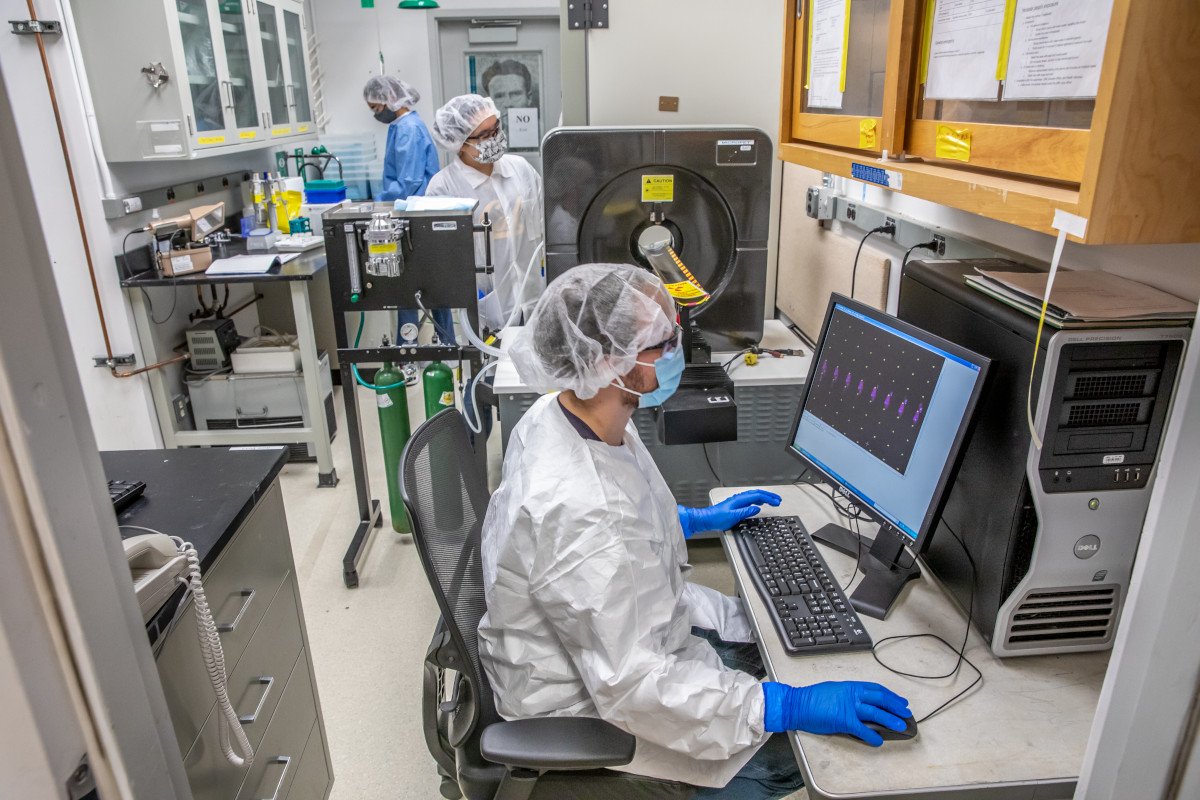
Researchers from Berkeley Lab and Los Alamos National Laboratory have developed new methods for the large-scale production, purification, and use of the radioisotope cerium-134, which could serve as a PET imaging radiotracer for a highly targeted cancer treatment known as alpha-particle therapy.
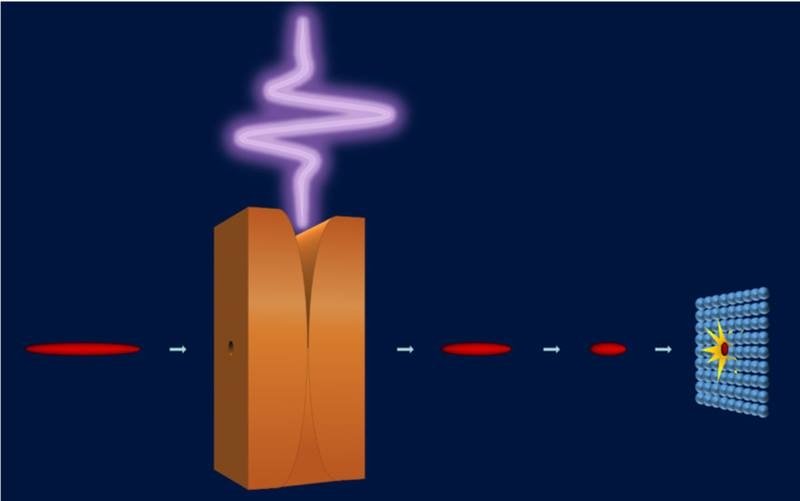
Scientists use beams of electrons to study materials’ properties. Shorter beams produce higher-resolution views. To make shorter beams, the electrons at the tail of the beam need to catch up to the head of the beam. This is accomplished by giving the electrons at the tail extra energy, a so-called “energy chirp.” Scientists have now used a terahertz laser pulse to create this energy chirp.
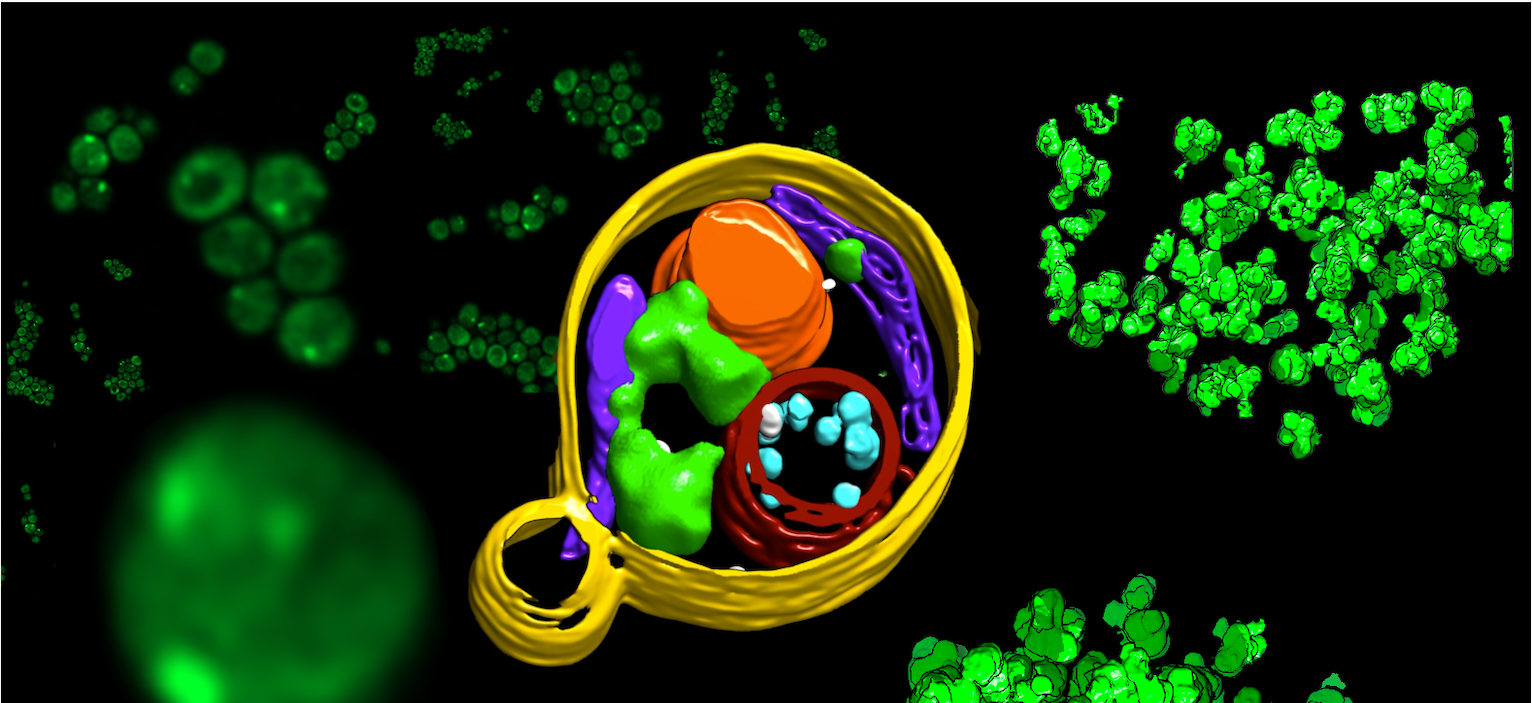
The NIH is establishing a national service center at the SLAC and Stanford where biomedical researchers can learn how to prepare extremely thin specimens that are frozen into a glassy state for cryogenic electron tomography (cryo-ET), a powerful tool for directly visualizing cellular components in 3D.
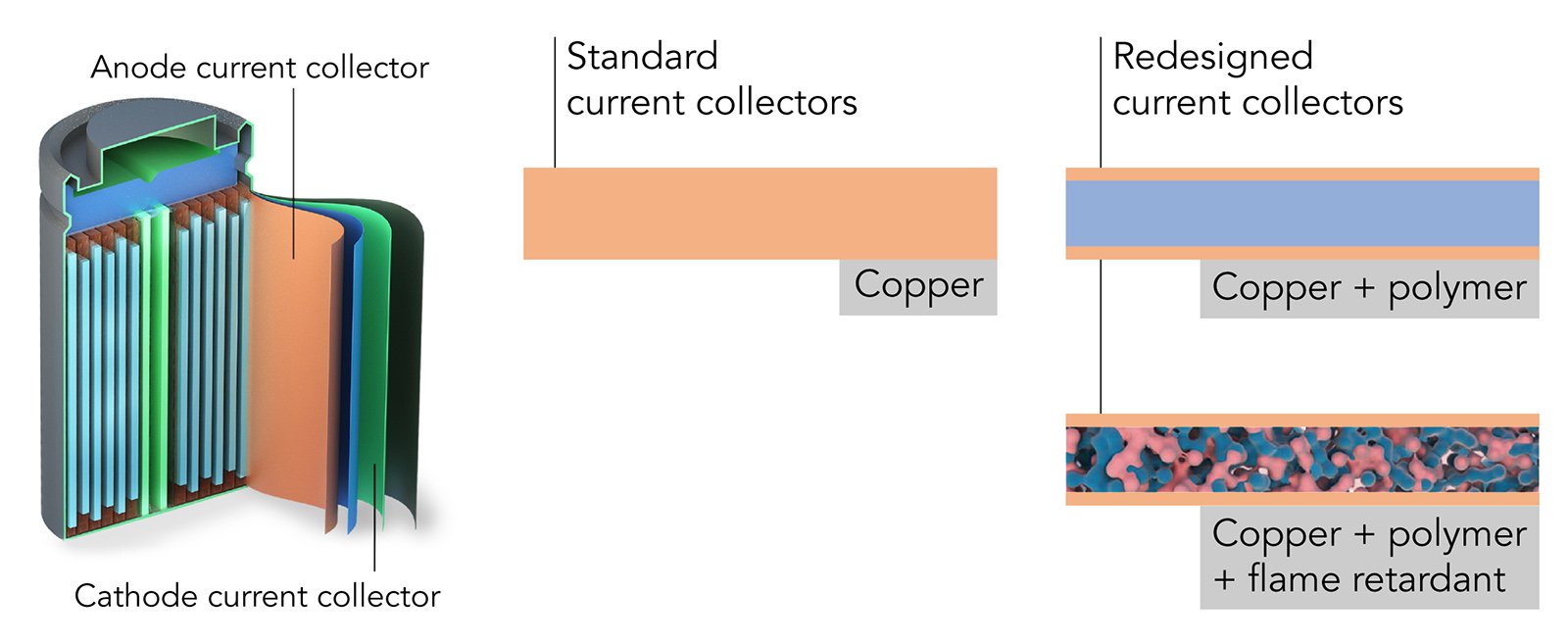
This new technology addresses two major goals of battery research: extending the driving range of electric vehicles and reducing the danger that laptops, cell phones and other devices will burst into flames.

At the Department of Energy’s SLAC National Accelerator Laboratory, machine learning is opening new avenues to advance the lab’s unique scientific facilities and research.

Xijie Wang, an accelerator physicist at the Department of Energy’s SLAC National Accelerator Laboratory, will receive the 2021 Nuclear and Plasma Science Society’s Particle Accelerator Science and Technology Award. Bestowed by the Institute of Electrical and Electronics Engineers (IEEE), the prestigious award recognizes individuals who have made outstanding contributions to the development of particle accelerator science and technology.
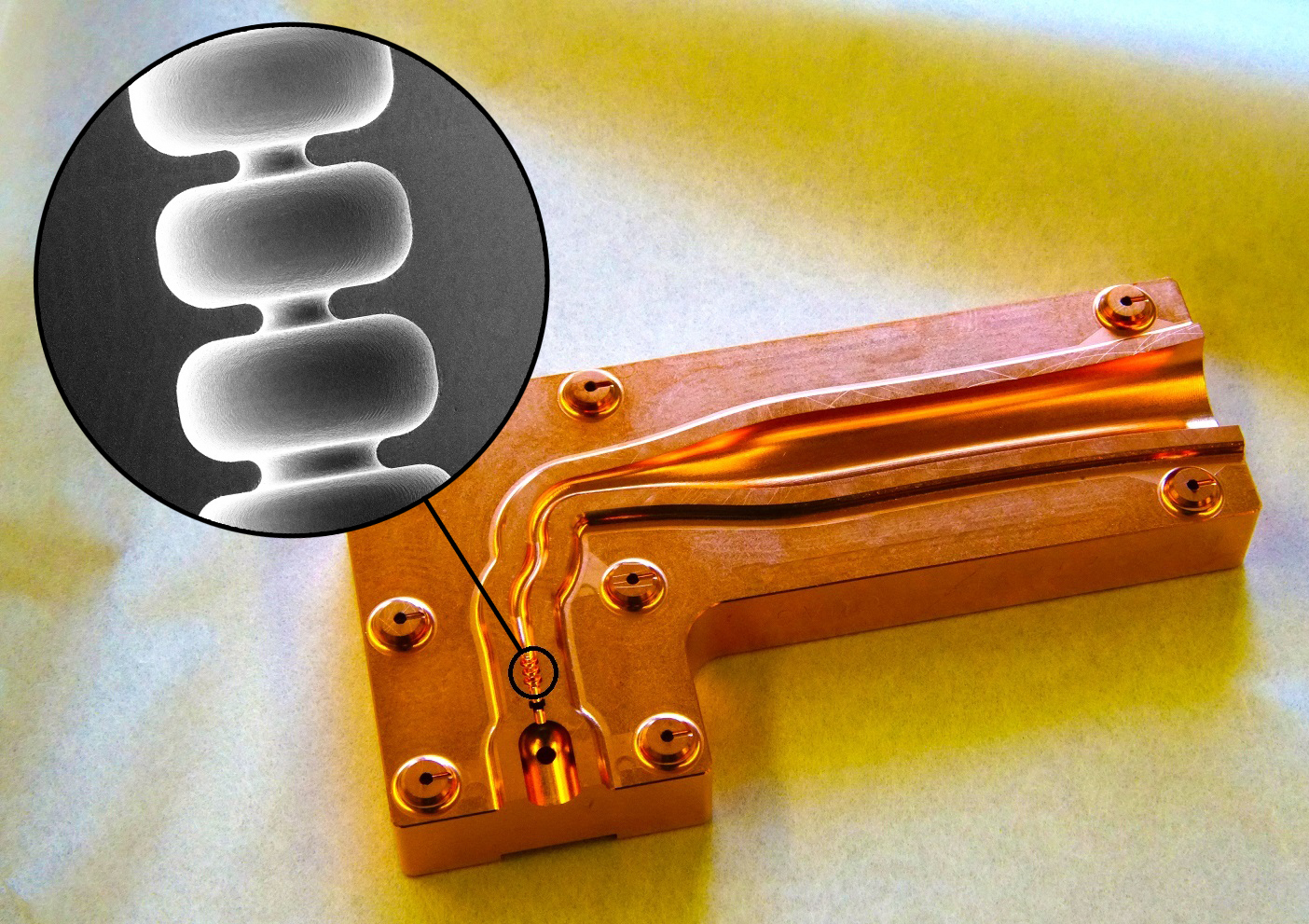
A team led by scientists at the Department of Energy’s SLAC National Accelerator Laboratory has invented a new type of accelerator structure that could make accelerators used for a given application 10 times shorter.
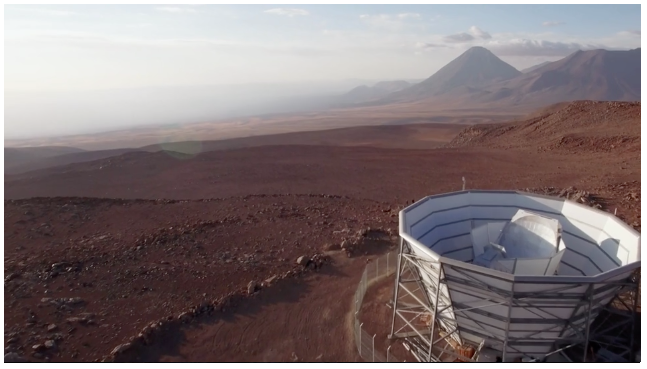
The largest collaborative undertaking yet to explore the relic light emitted by the infant universe has taken a step forward with the U.S. DOE’s selection of Berkeley Lab to lead the partnership of national labs, universities, and other institutions that are joined in the effort to carry out the DOE roles and responsibilities.
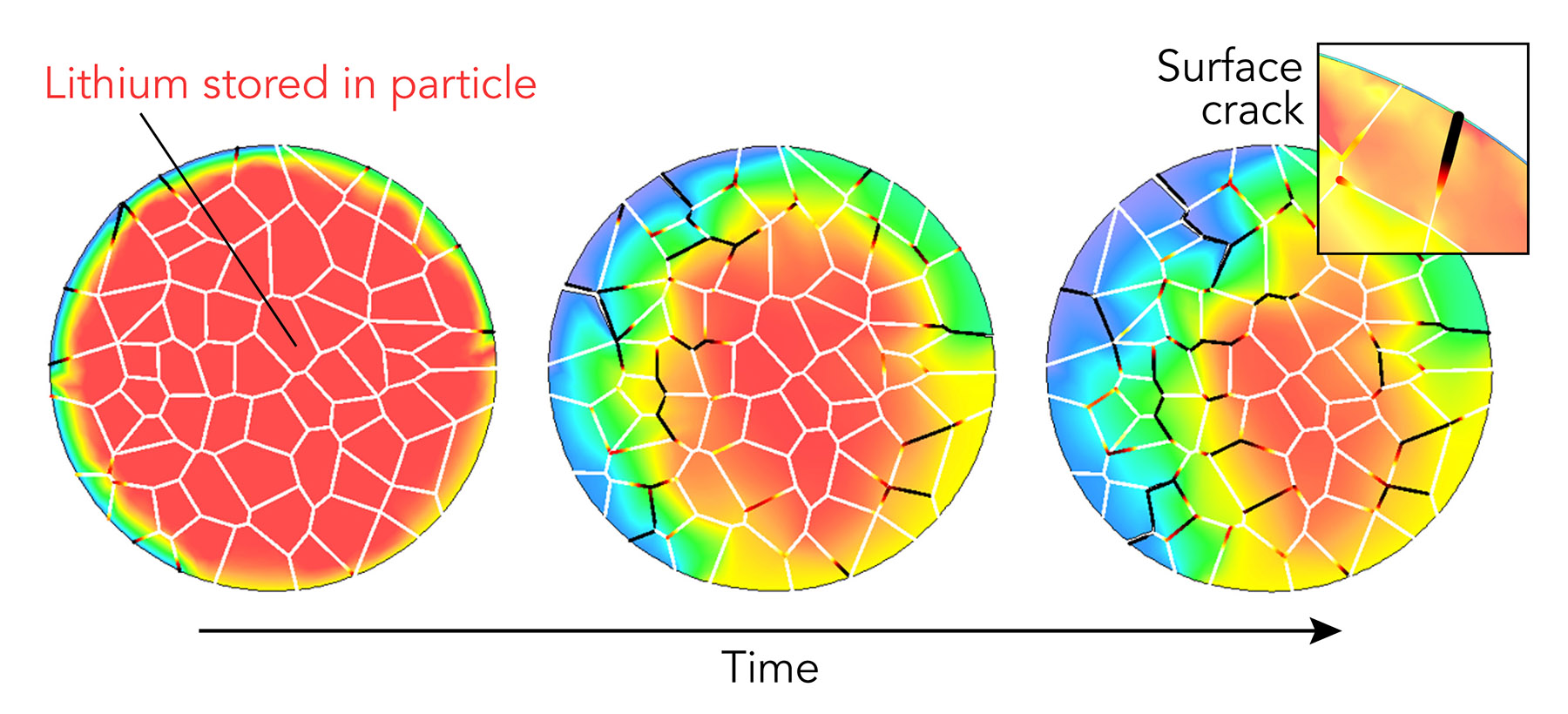
Cracks and chemical reactions on a battery particle’s surface can sap its ability to store and release energy. Scientists probed a single charged particle the size of a red blood cell to see how interior and surface damage influence each other.
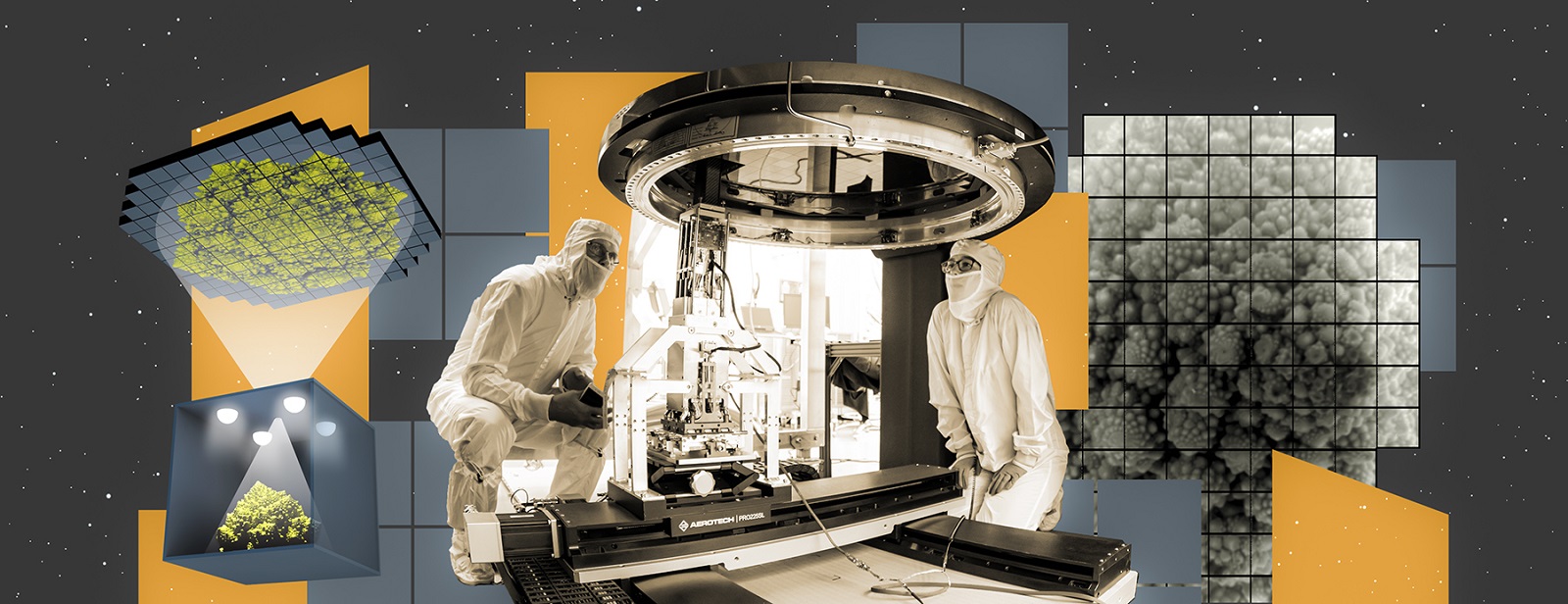
Crews at the Department of Energy’s SLAC National Accelerator Laboratory have taken the first 3,200-megapixel digital photos – the largest ever taken in a single shot – with an extraordinary array of imaging sensors that will become the heart and soul of the future camera of Vera C. Rubin Observatory.
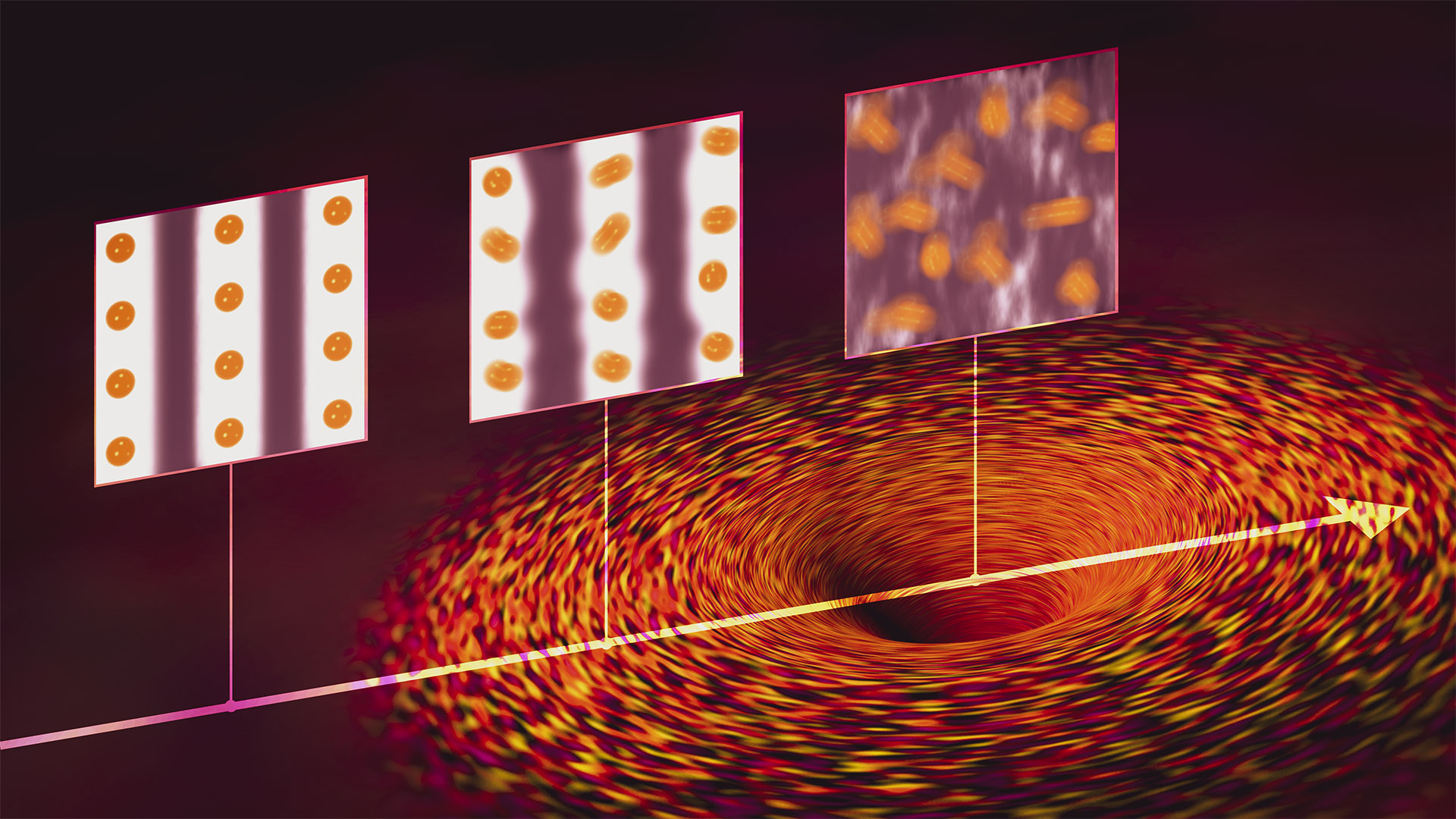
Theory suggests that quantum critical points may be analogous to black holes as places where all sorts of strange phenomena can exist in a quantum material. Now scientists say that they have found strong evidence that QCPs and their associated fluctuations exist in a cuprate superconductor.

Q-NEXT will bring together nearly 100 world-class researchers from three national laboratories, 10 universities and 10 leading U.S. technology companies with the single goal of developing the science and technology to control and distribute quantum information. These activities, along with a focus on rapid commercialization of new technologies, will support the emerging “quantum economy” and ensure that the U.S. remains at the forefront in this rapidly advancing field.

Their work uses machine learning to transform the way scientists tune particle accelerators for experiments and solve longstanding mysteries in astrophysics and cosmology.
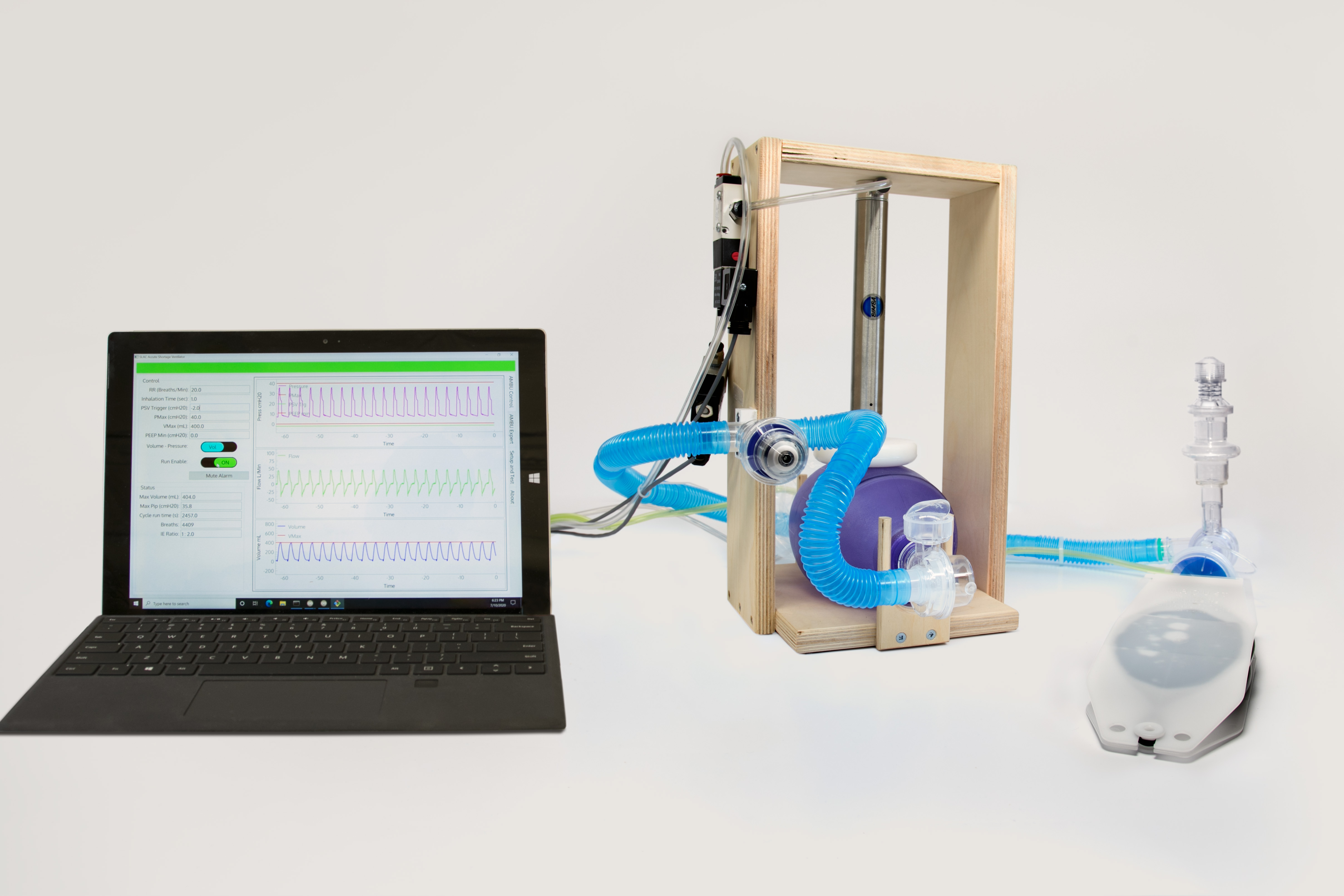
Researchers at the Department of Energy’s SLAC National Accelerator Laboratory have invented an emergency ventilator that could help save the lives of patients suffering from COVID-19, the disease caused by novel coronavirus SARS-CoV-2.
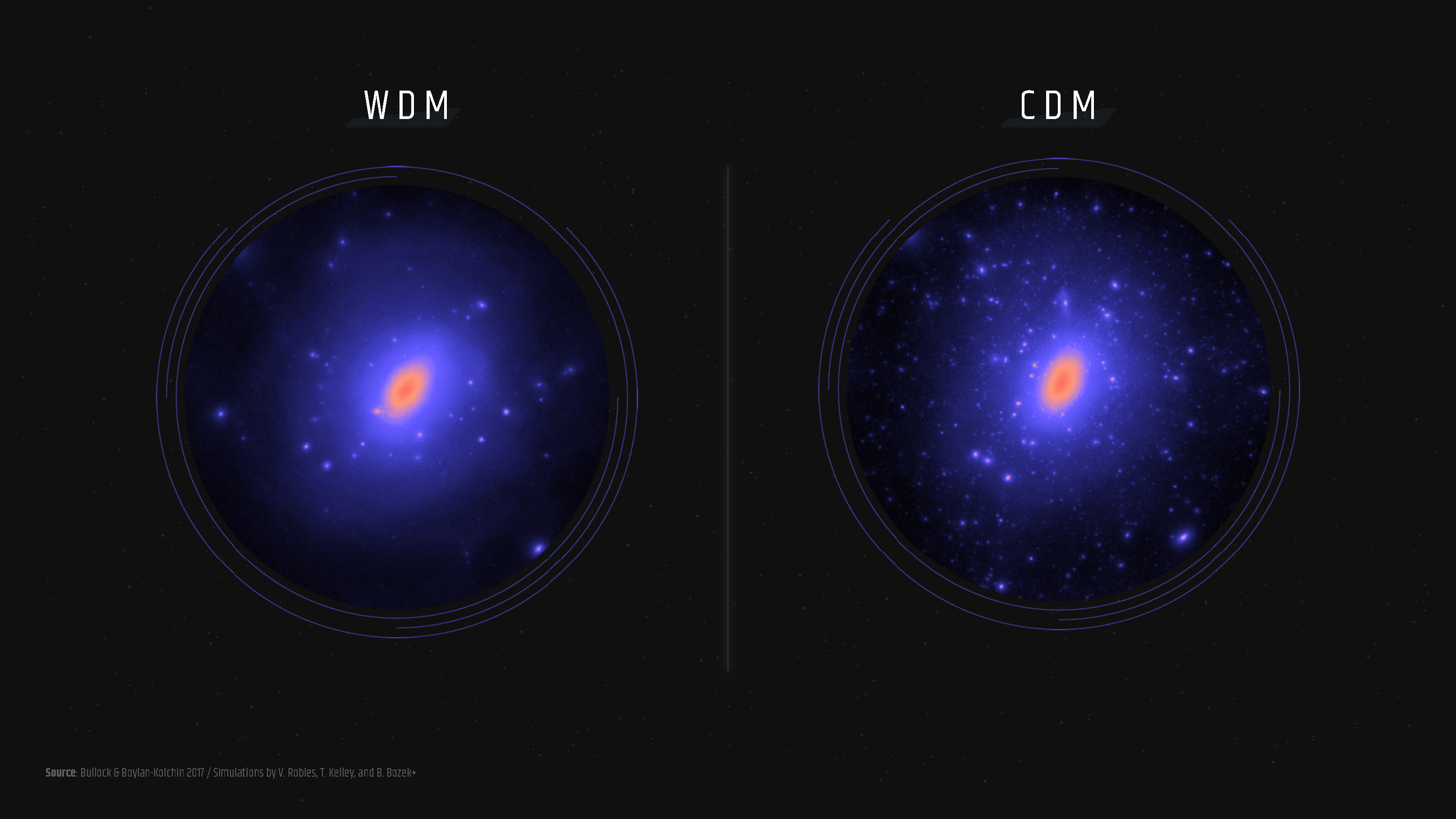
Scientists on the Dark Energy Survey have used observations of the smallest known galaxies to better understand dark matter, the mysterious substance that makes up 85% of the matter in the universe. The smallest galaxies can contain hundreds to thousands of times more dark matter than normal visible matter, making them ideal laboratories for studying this mysterious substance. By performing a rigorous census of small galaxies surrounding our Milky Way, scientists on the Dark Energy Survey have been able to constrain the fundamental particle physics that governs dark matter.

A study identified which pairs of atoms in a catalyst nanoparticle are most active in a reaction that breaks down a harmful exhaust gas in catalytic converters. The results are a step toward engineering cheaper, more efficient catalysts.
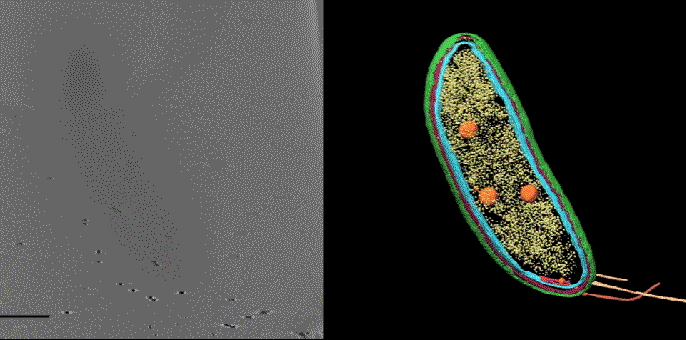
Developed in the lab of Stanford University Nobelist W.E. Moerner, the technique combines cryoelectron tomography and low temperature single-molecule microscopy. It has potential to answer fundamental questions about the molecular machinery of viruses, parasites, and processes like photosynthesis.
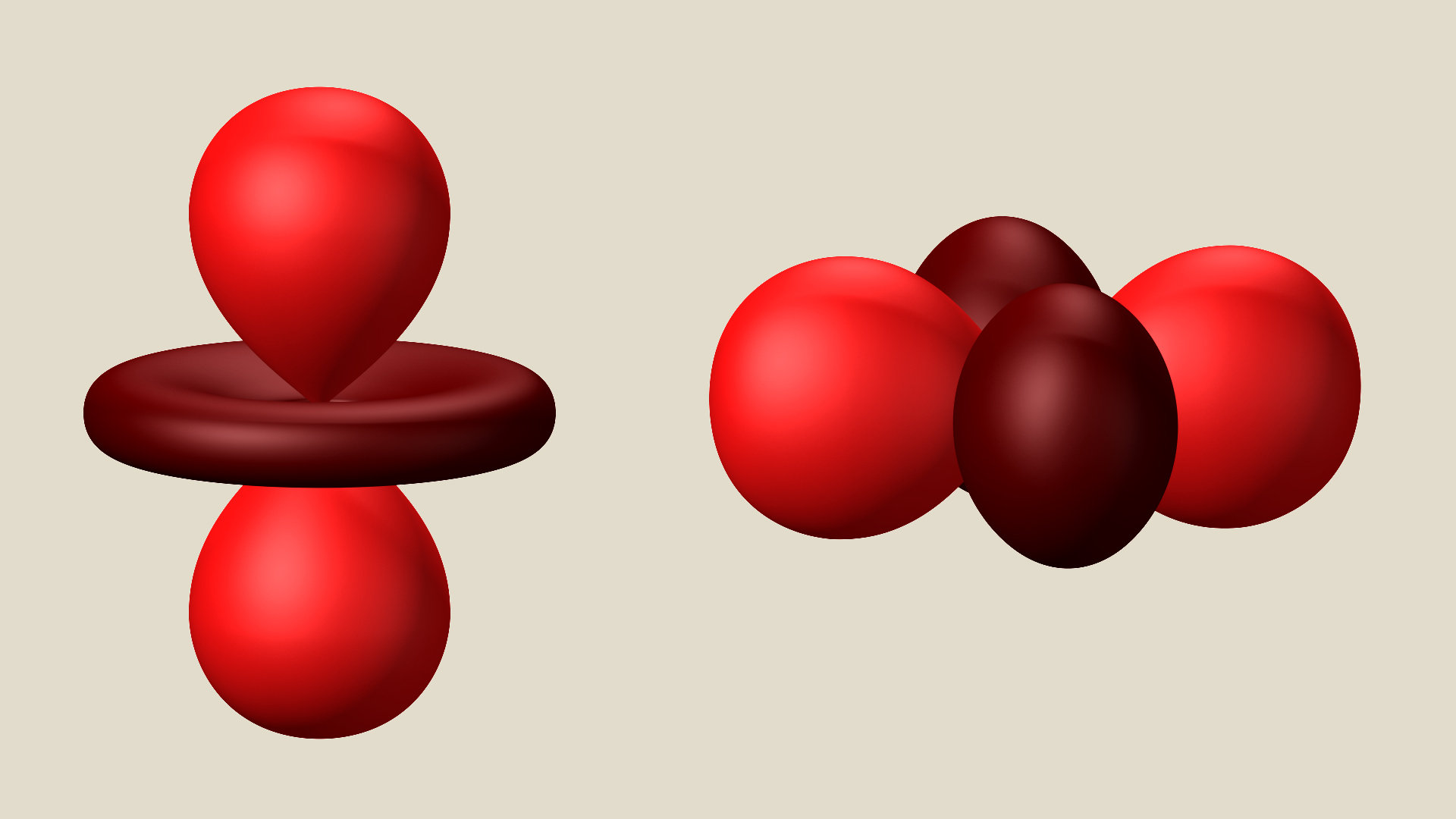
Until now, electron spins and orbitals were thought to go hand in hand in a class of materials that’s the cornerstone of modern information technology; you couldn’t quickly change one without changing the other. This study raises the possibility of controlling them separately.
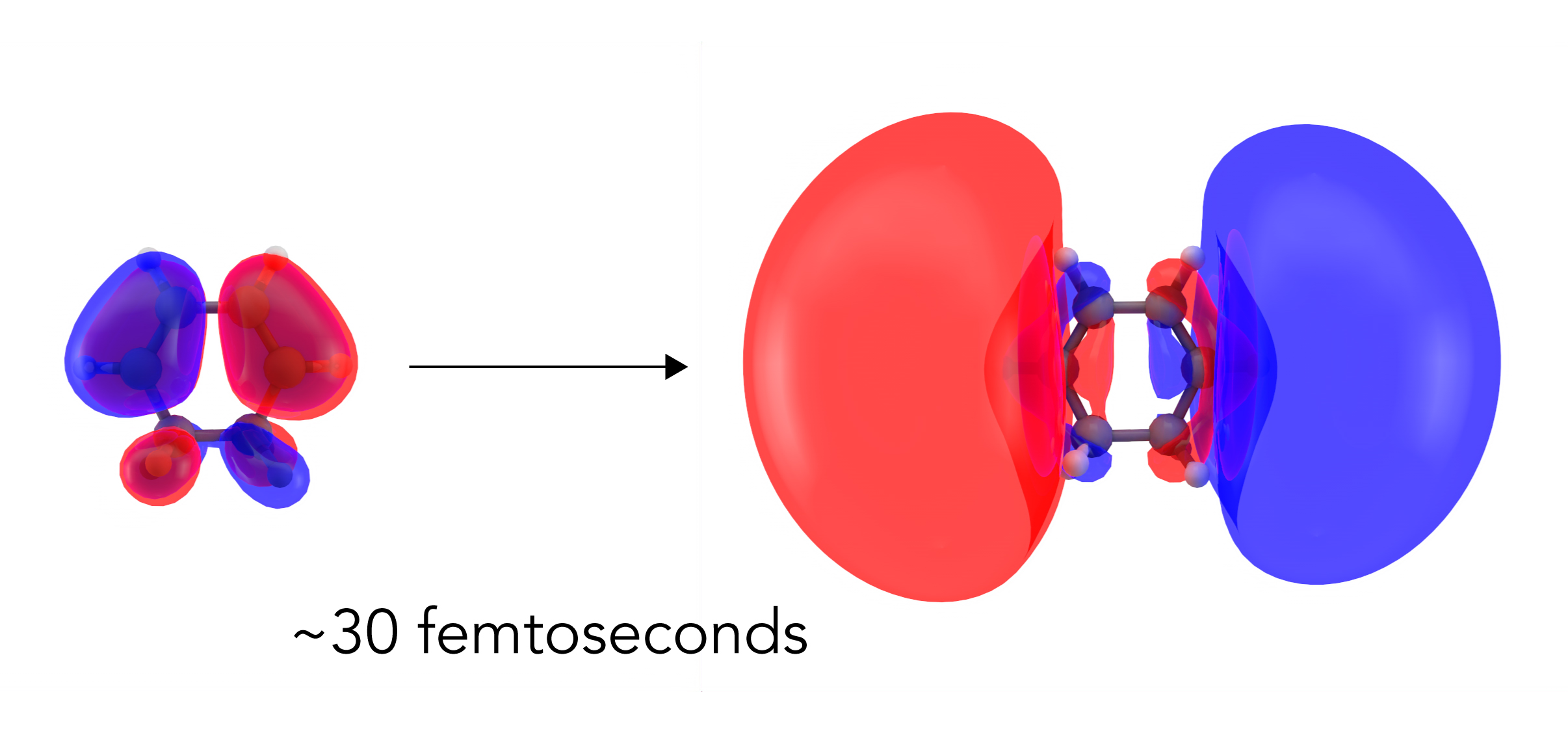
The first step in many light-driven chemical reactions, like the ones that power photosynthesis and human vision, is a shift in the arrangement of a molecule’s electrons as they absorb the light’s energy. Now scientists have directly observed this first step.
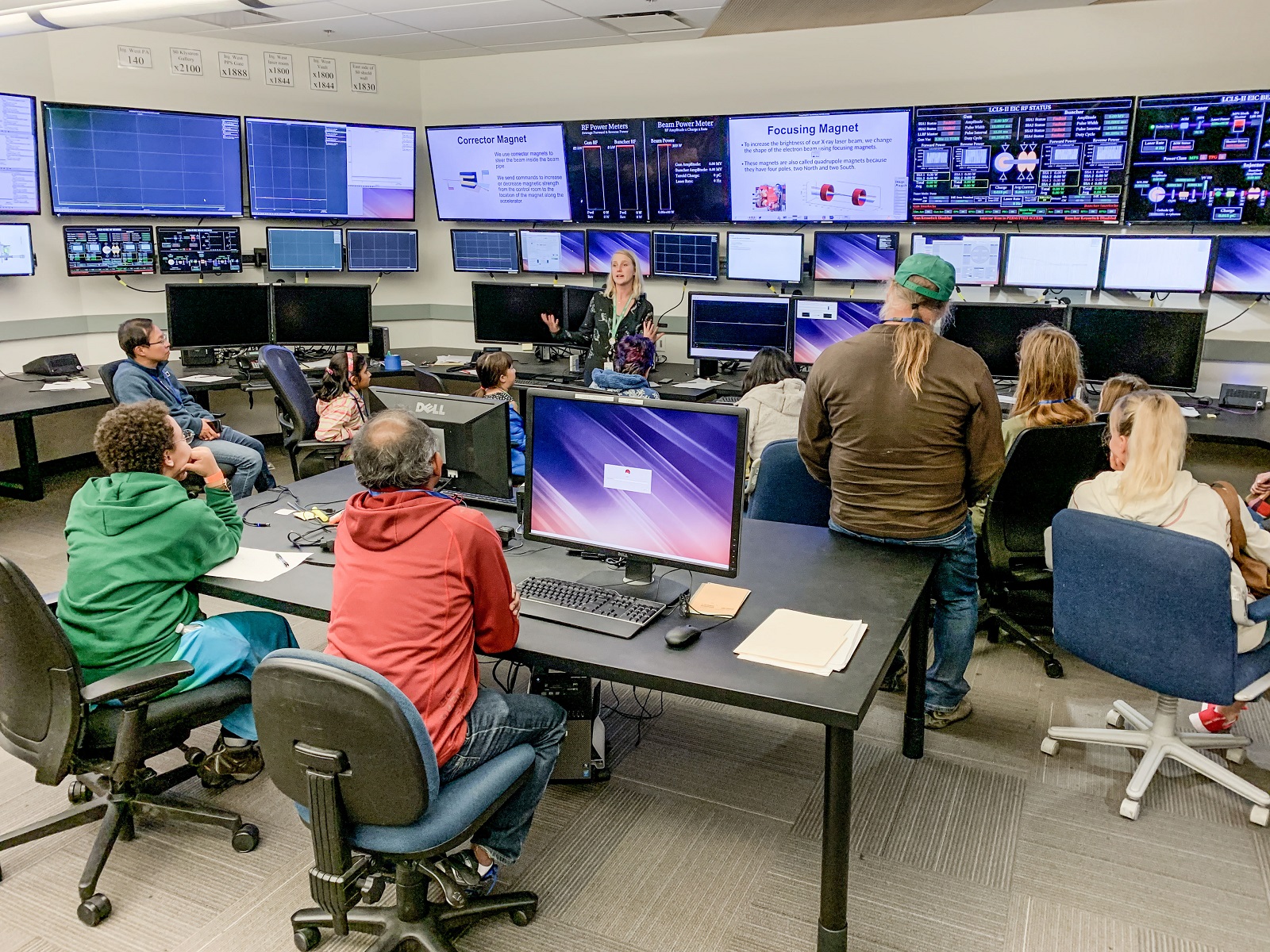
SLAC researchers have developed a new tool, using machine learning, that may make part of the accelerator tuning process five times faster compared to previous methods.
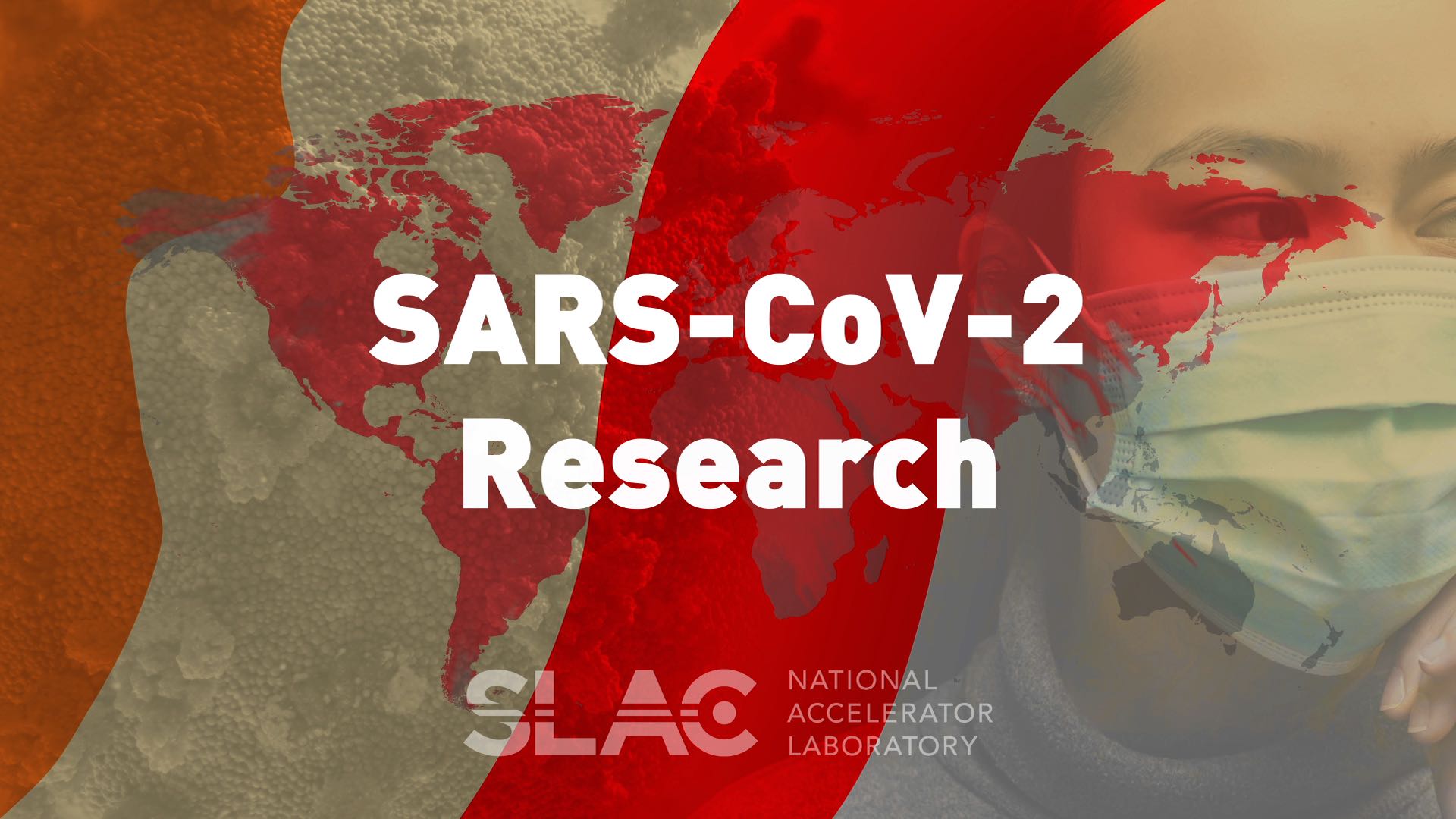
The lab is responding to the coronavirus crisis by imaging disease-related biomolecules, developing standards for reliable coronavirus testing and enabling other essential research.
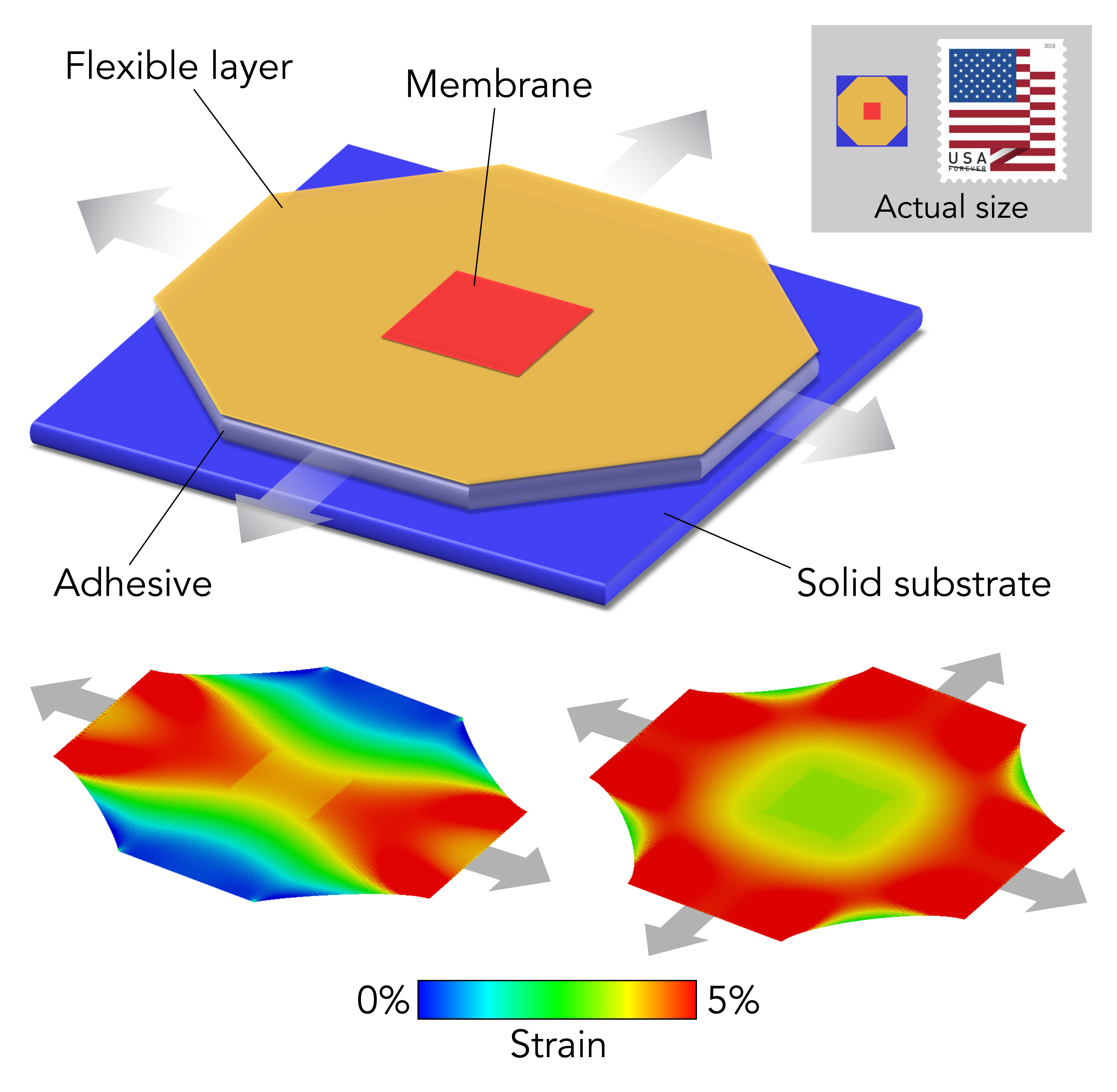
Turning a brittle oxide into a flexible membrane and stretching it on a tiny apparatus flipped it from a conducting to an insulating state and changed its magnetic properties. The technique can be used to study and design a broad range of materials for use in things like sensors and detectors.
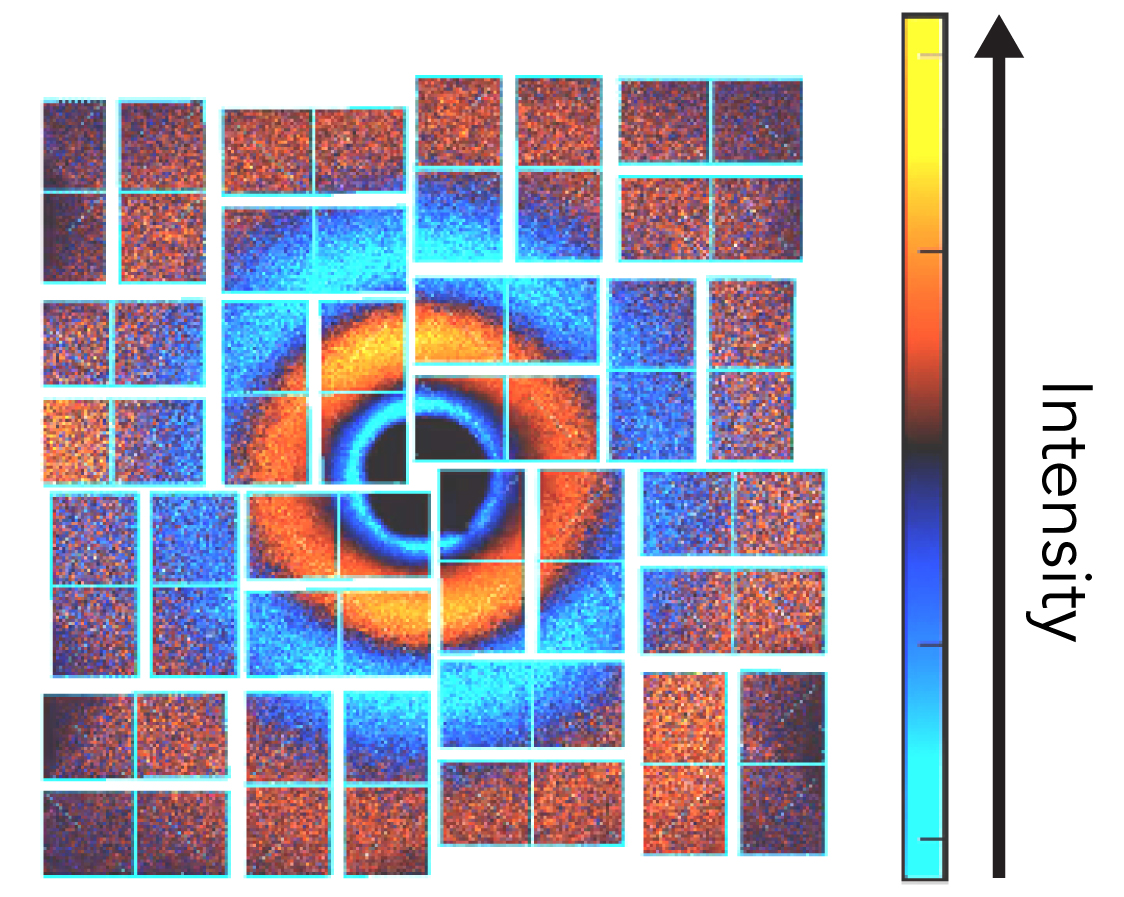
Researchers observed atomic nuclei moving over distances of less than an angstrom in less than a trillionth of a second — a level of resolution that can only be achieved with an X-ray free-electron laser.
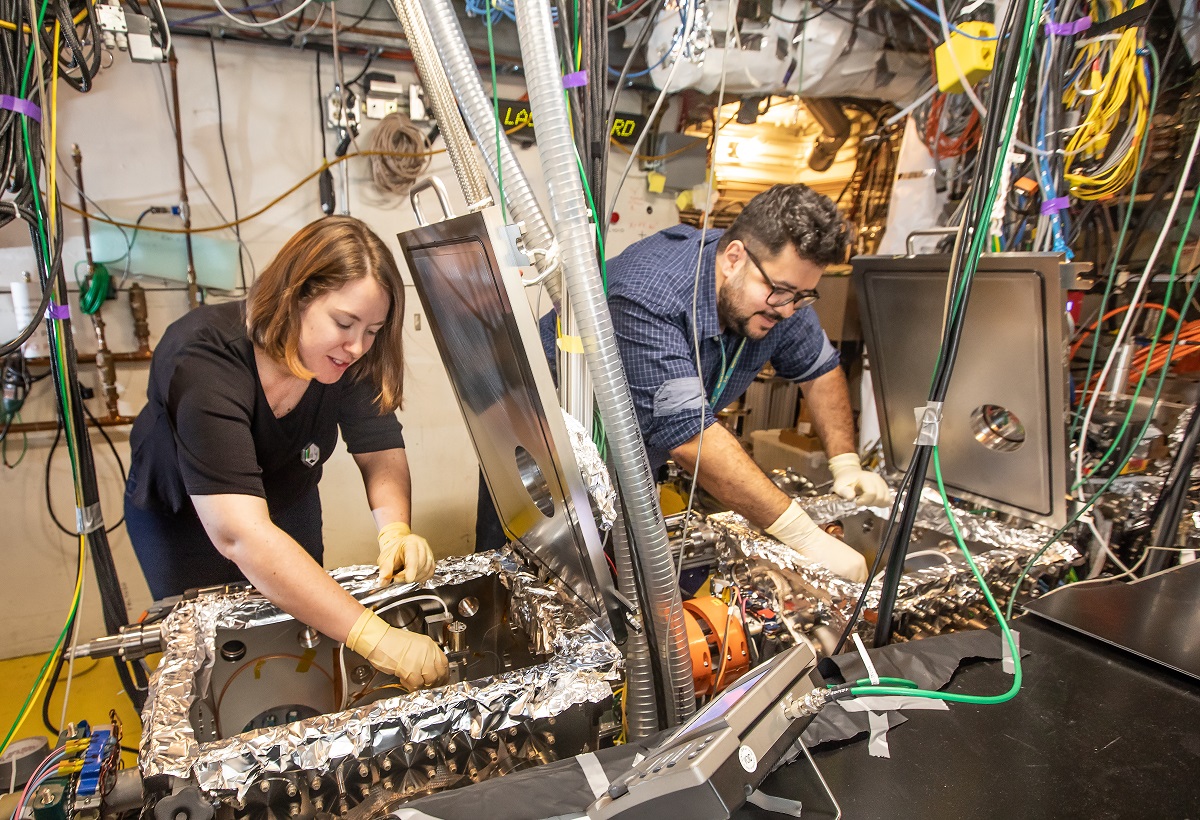
Researchers from the Department of Energy’s SLAC National Accelerator Laboratory have made a promising new advance for the lab’s high-speed “electron camera” that could allow them to “film” tiny, ultrafast motions of protons and electrons in chemical reactions that have never been seen before.
A cheap technique could detect neutrinos in polar ice, eventually allowing researchers to expand the energy reach of IceCube without breaking the bank.

A team of scientists from the Department of Energy’s SLAC National Accelerator Laboratory and Stanford University has gained insight into how electric fields affect the way energy from light drives molecular motion and transformation in a protein commonly used in biological imaging.
Photosensitizers are molecules that absorb sunlight and pass that energy along to generate electricity or drive chemical reactions. A SLAC study looked at how an inexpensive photosensitizer, iron carbene, stores energy from sunlight, and why it’s not better at its job.
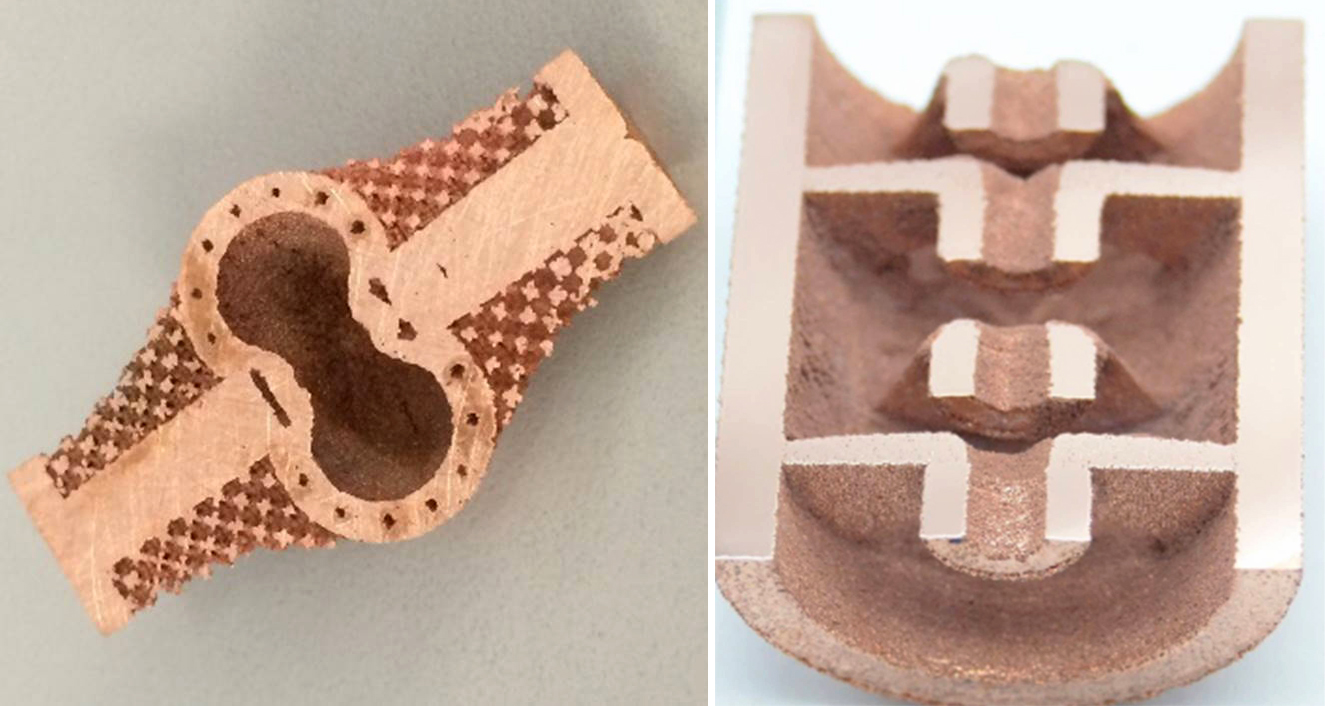
Imagine being able to manufacture complex devices whenever you want and wherever you are. It would create unforeseen possibilities even in the most remote locations, such as building spare parts or new components on board a spacecraft. 3D printing, or additive manufacturing, could be a way of doing just that.
SLAC scientist Siqi Li works on new methods to allow researchers using LCLS, our X-ray laser, to observe the motion of electrons or do high-resolution imaging. When she’s not working to create more efficient and advanced X-ray lasers, Li likes to unwind with yoga.
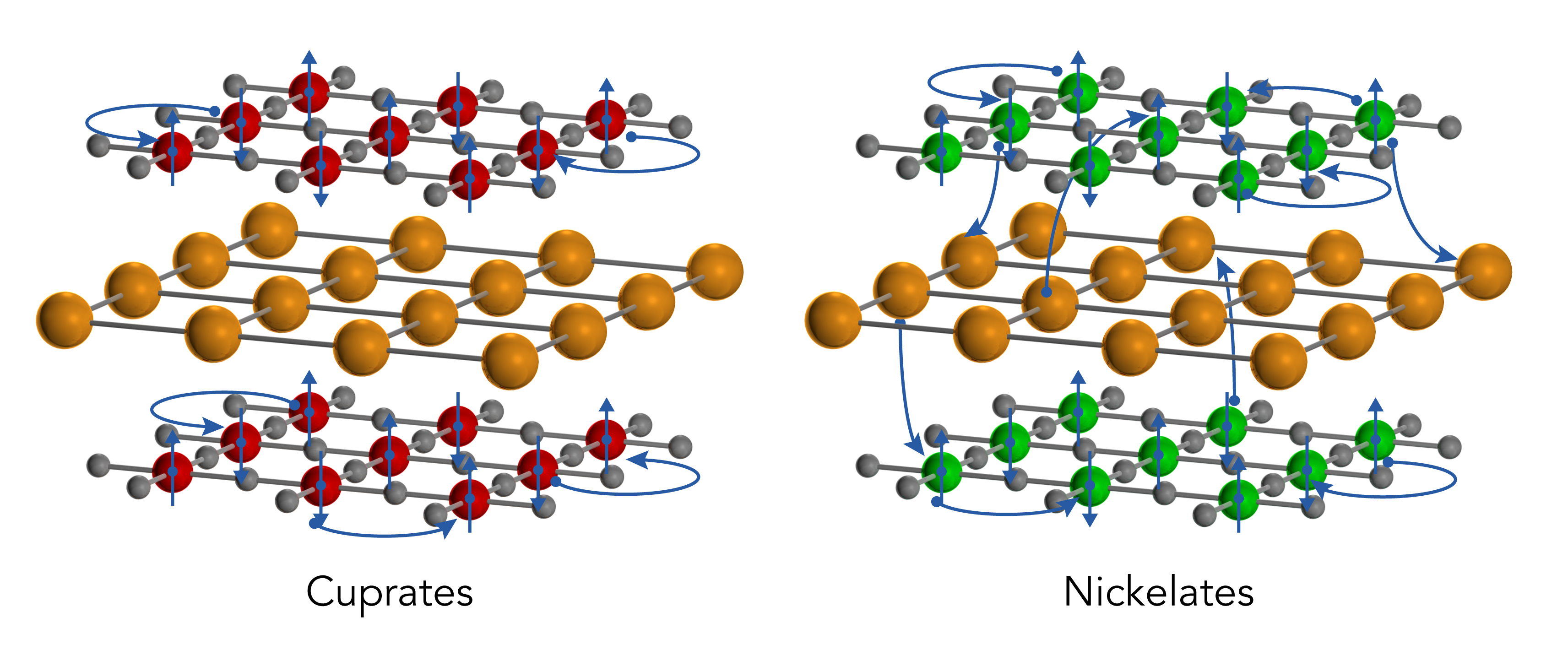
It represents an entirely new type of ground state for transition metal oxides, and opens new directions for experiments and theoretical studies of how superconductivity arises and how it can be optimized in this system and possibly in other compounds.
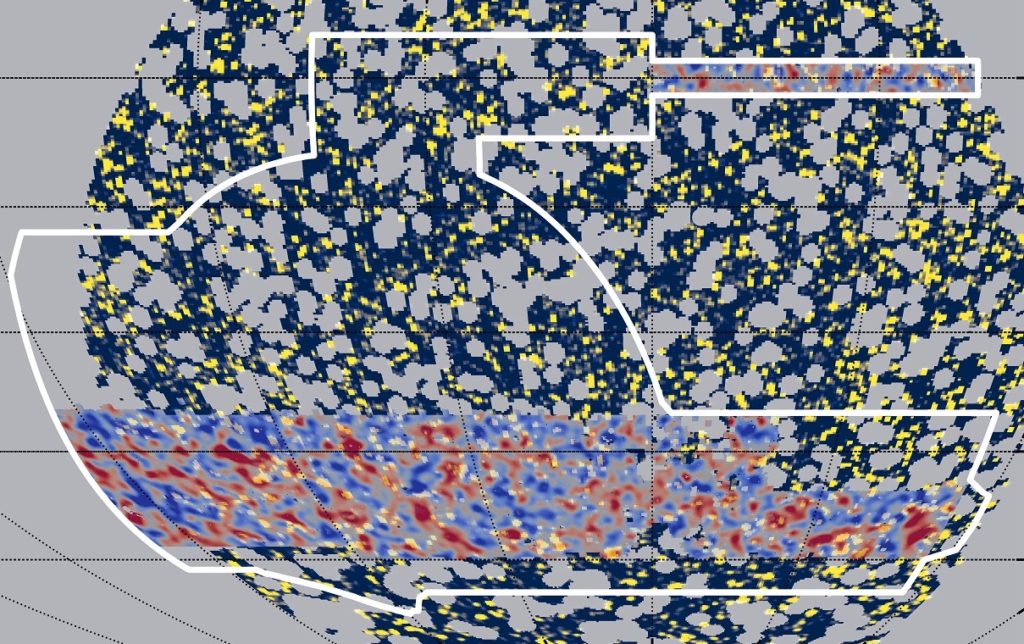
Astrophysicists have come a step closer to understanding the origin of a faint glow of gamma rays covering the night sky. They found that this light is brighter in regions that contain a lot of matter and dimmer where matter is sparser – a correlation that could help them narrow down the properties of exotic astrophysical objects and invisible dark matter.
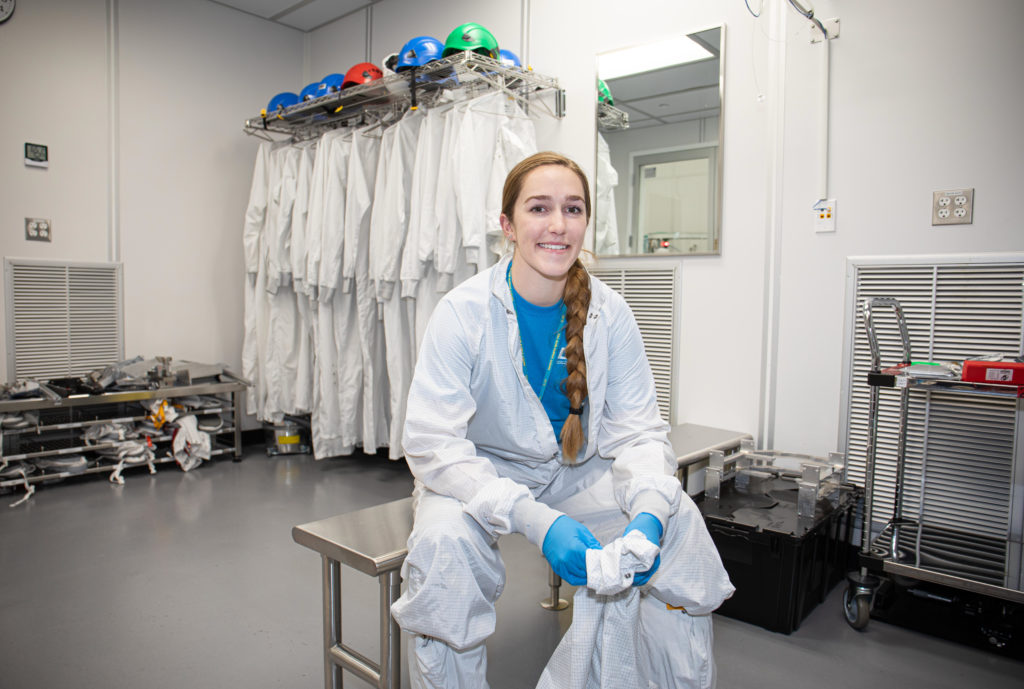
The LSST camera is the biggest digital camera ever constructed for ground-based astronomy. Within the year, Hannah and her teammates will finish assembling and testing the camera and it will be shipped to its home at the summit of Cerro Pachón in Chile.
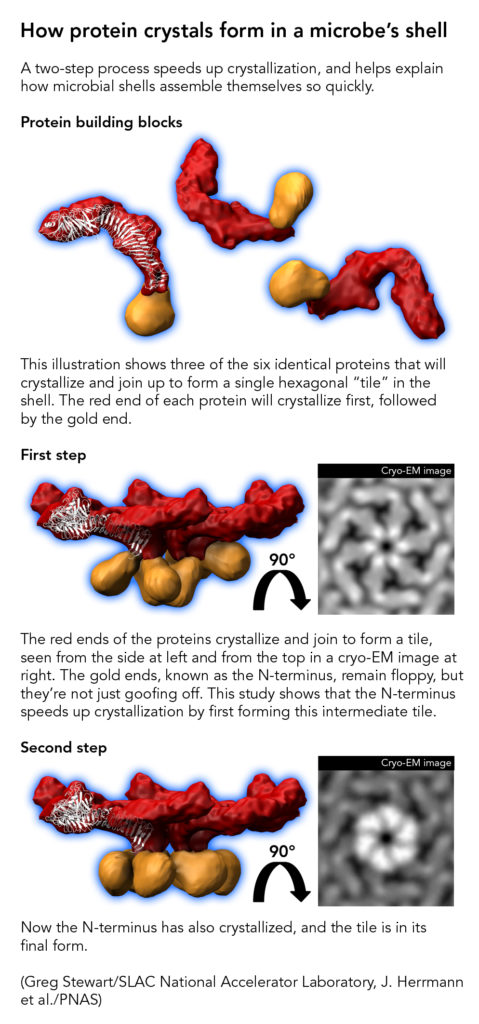
Many microbes wear beautifully patterned crystalline shells. Now scientists have zoomed in on the very first step in microbial shell-building: nucleation, where squiggly proteins crystallize into sturdy building blocks. The results help explain how the shells assemble themselves so quickly.
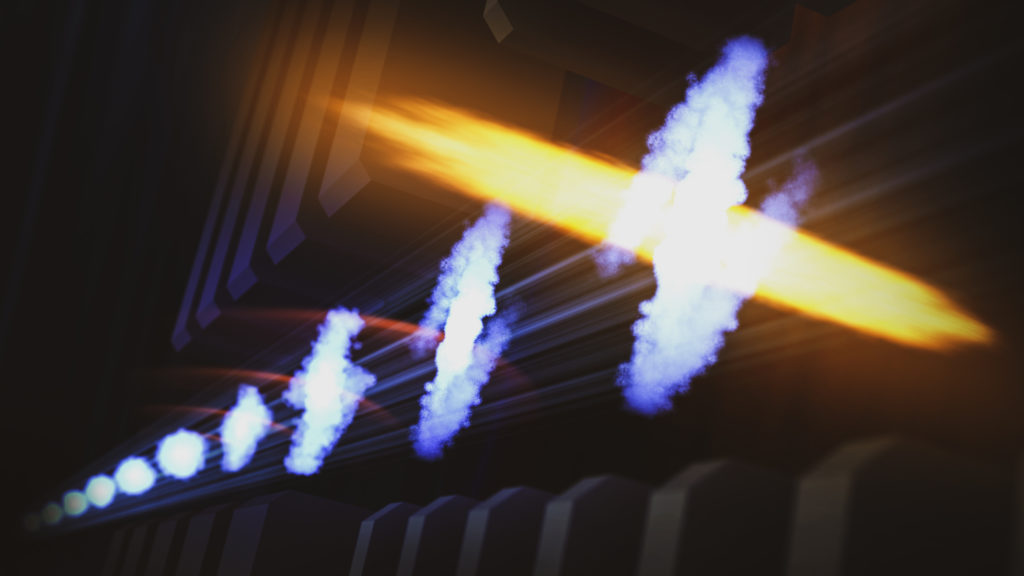
Researchers at the Department of Energy’s SLAC National Accelerator Laboratory have invented a way to observe the movements of electrons with powerful X-ray laser bursts just 280 attoseconds, or billionths of a billionth of a second, long.
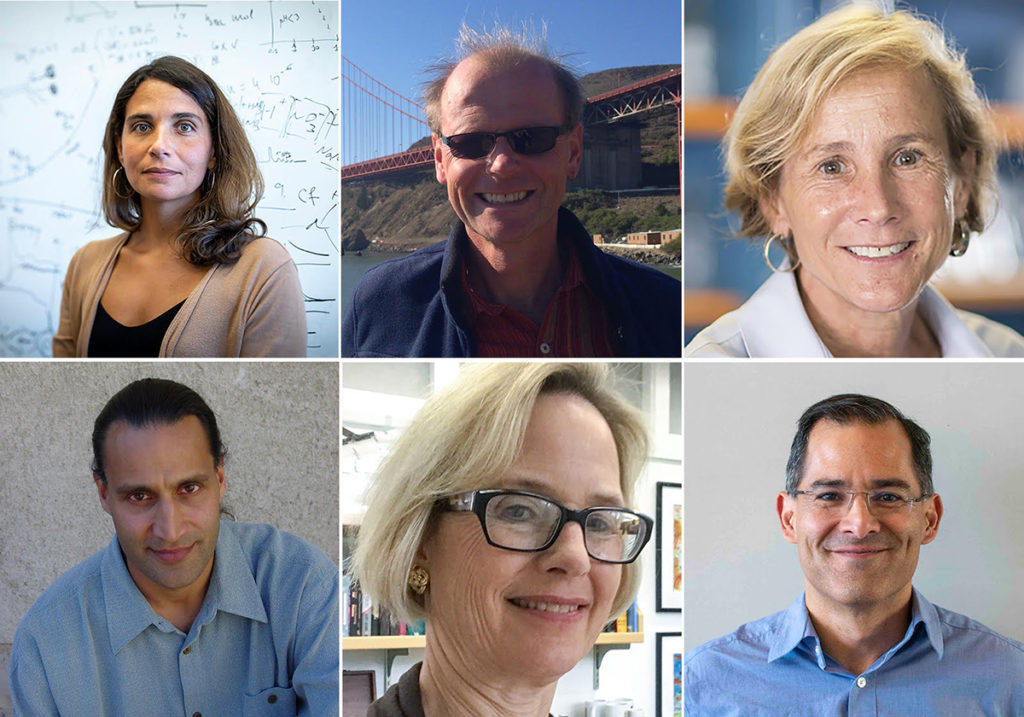
Six scientists from the Department of Energy’s Lawrence Berkeley National Laboratory (Berkeley Lab) have been named Fellows of the American Association for the Advancement of Science (AAAS).
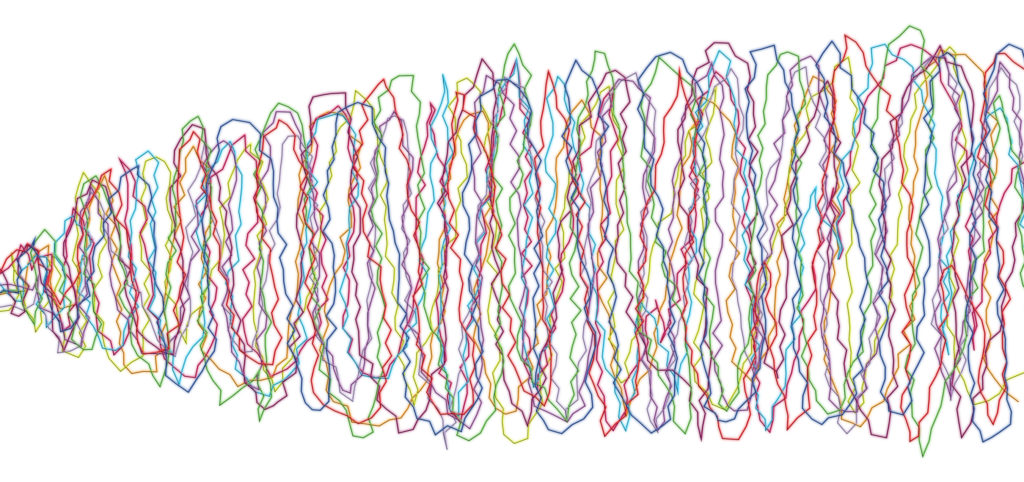
SLAC theorists have observed strange metallicity in a well-known model for simulating and describing the behavior of materials with strongly correlated electrons, which join forces to produce unexpected phenomena rather than acting independently.
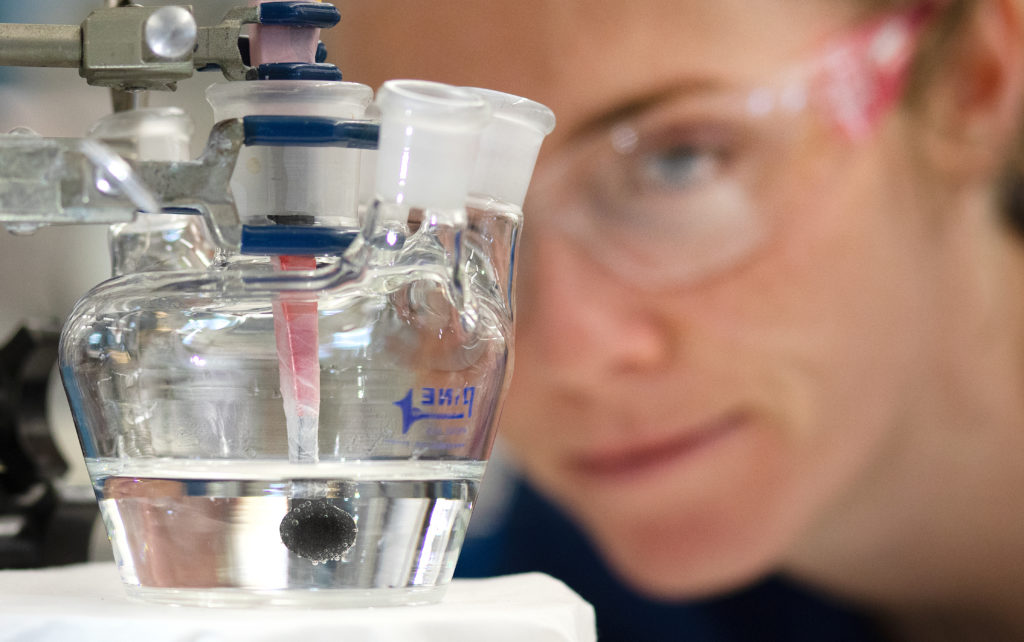
SLAC and Stanford researchers have shown for the first time that a cheap catalyst can split water and generate hydrogen gas for hours on end in the harsh environment of a commercial electrolyzer – a step toward large-scale hydrogen production for fuel, fertilizer and industry.
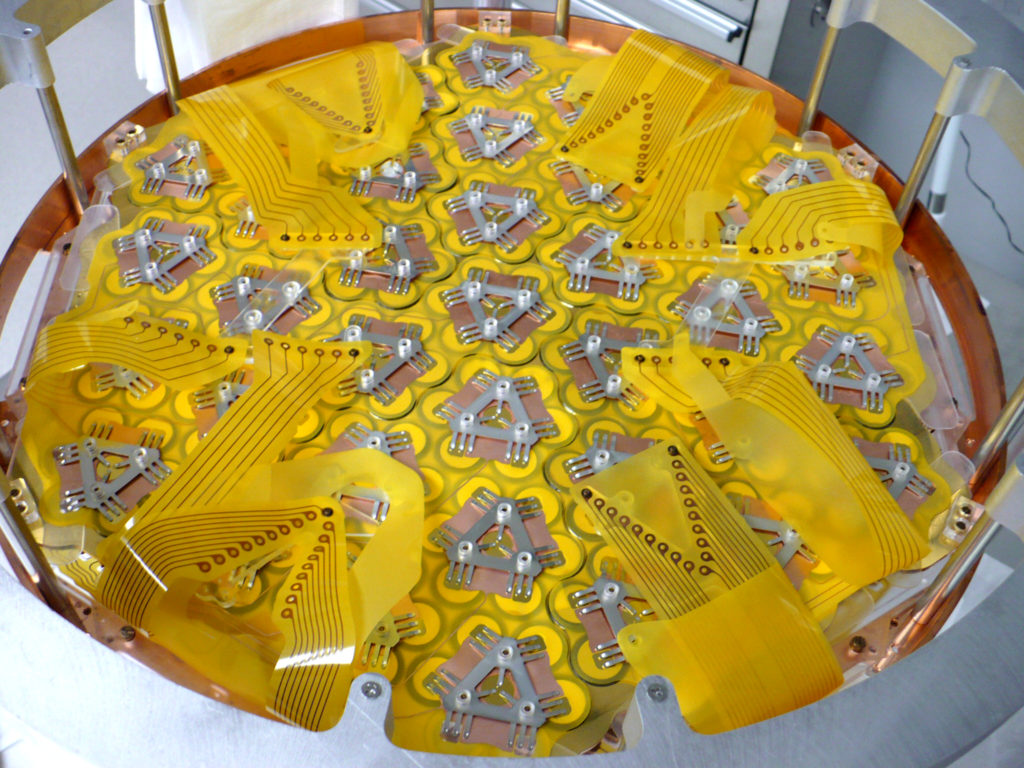
A hypothetical nuclear process known as neutrinoless double beta decay ought to be among the least likely events in the universe. Now the international EXO-200 collaboration, which includes researchers from the Department of Energy’s SLAC National Accelerator Laboratory, has determined just how unlikely it is: In a given volume of a certain xenon isotope, it would take more than 35 trillion trillion years for half of its nuclei to decay through this process – an eternity compared to the age of the universe, which is “only” 13 billion years old.
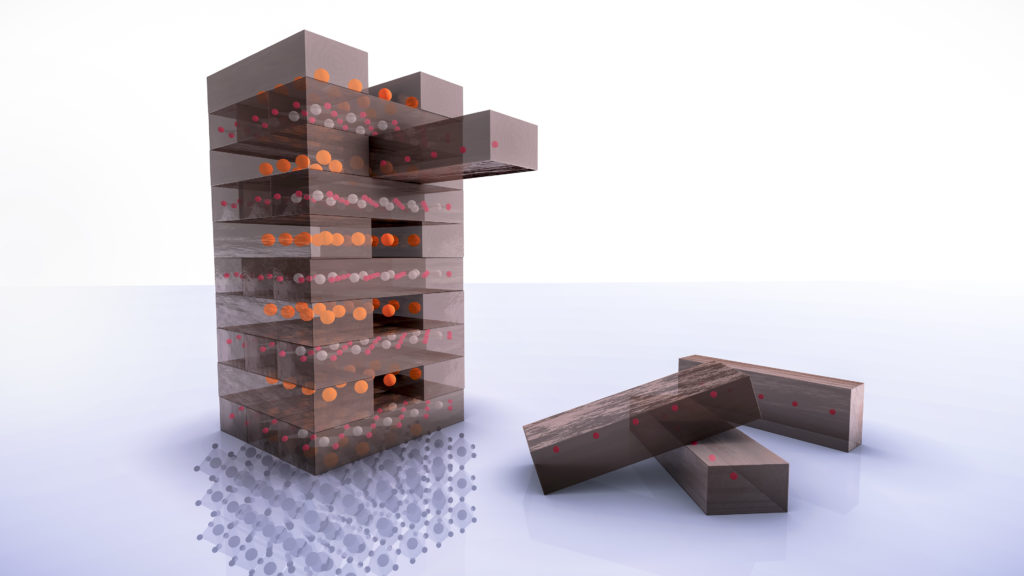
Scientists at SLAC and Stanford have made the first nickel oxide material that shows clear signs of superconductivity – the ability to transmit electrical current with no loss. The first in a potential new family of unconventional superconductors, its similarity to the cuprates raises hopes that it can be made to superconduct at relatively high temperatures.
ewrwer
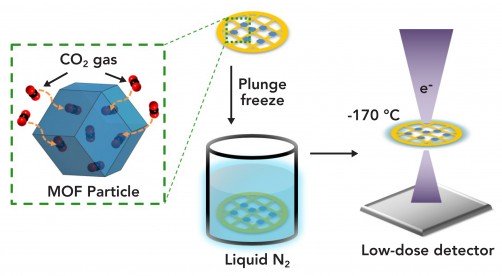
A new twist on cryo-EM imaging reveals what’s going on inside MOFs, highly porous nanoparticles with big potential for storing fuel, separating gases and removing carbon dioxide from the atmosphere. Menlo Park, Calif. — Scientists from the Department of Energy’s…